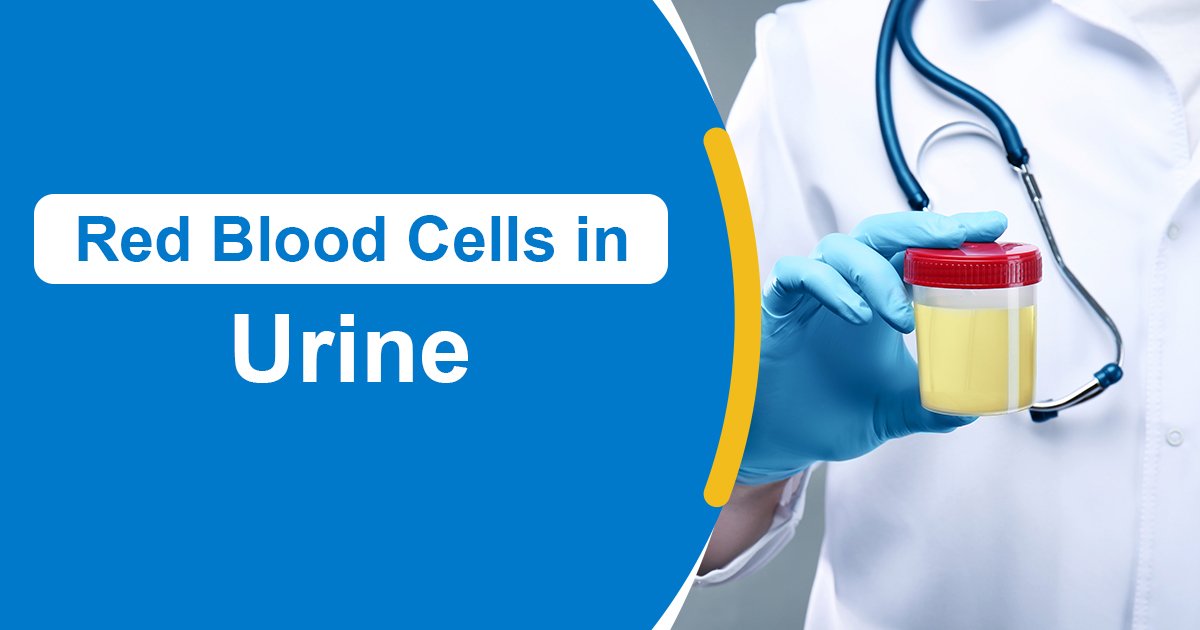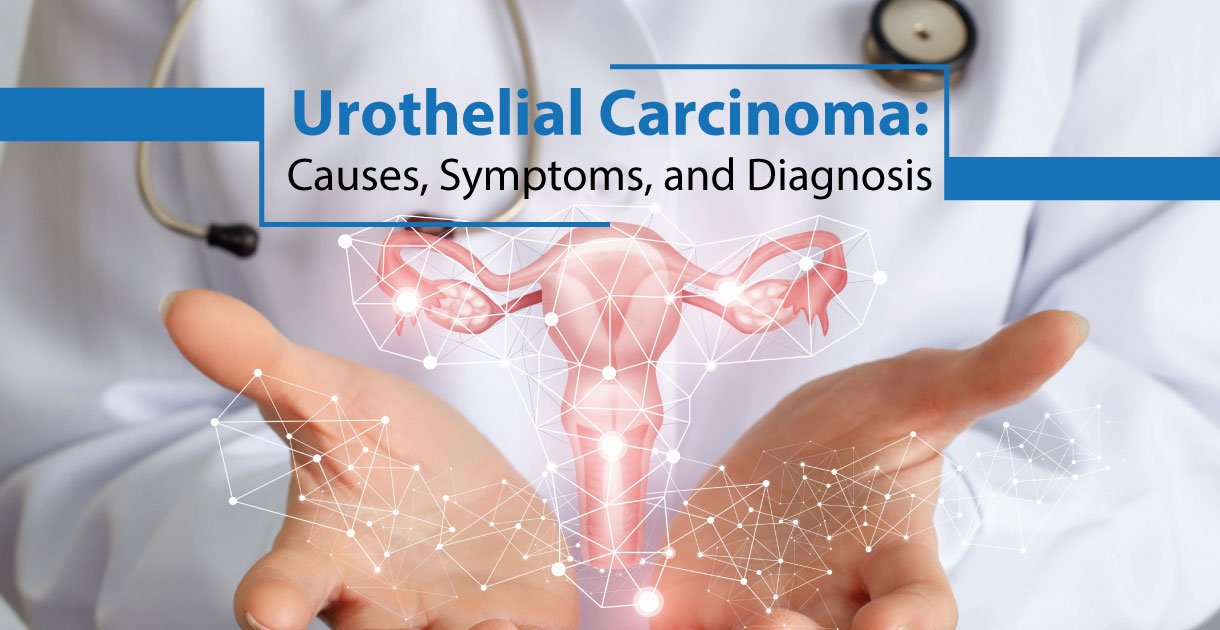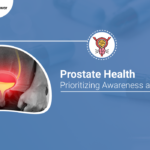Cystinuria, a hereditary disorder characterised by the formation of cystine stones in the kidneys, bladder, and ureters, presents significant challenges for affected individuals. From understanding its genetic underpinnings to managing symptoms and preventing complications, comprehensive knowledge of cystinuria is essential. In this blog, we know the intricacies of cystinuria, covering its causes, symptoms, treatment options, occurrences, and preventive measures.
Table of Contents
Understanding Cystinuria
Cystinuria arises from mutations in the SLC3A1 and SLC7A9 genes, which encode transporter proteins crucial for amino acid reabsorption in the kidneys. In individuals with cystinuria, these defective transport proteins impede the reabsorption of cystine, an amino acid with low solubility in urine, leading to its accumulation and subsequent crystallisation into stones. These cystine stones can obstruct the urinary tract, causing excruciating pain and discomfort.
Pathophysiology
cystinuria is characterised by genetic defects in transporter proteins involved in cystine reabsorption in the kidneys. These defects lead to the accumulation of cystine in the renal tubules, resulting in the formation of cystine stones. Its Occurrence involves.
- Normal Amino Acid Reabsorption:
- In the kidneys, amino acids are filtered from the bloodstream into the renal tubules, the functional units of the kidneys responsible for urine formation.
- Specialised transporter proteins located in the proximal tubules of the kidneys facilitate the reabsorption of filtered amino acids back into the bloodstream.
- Among these amino acids is cystine, a precursor of the amino acid cysteine and a component of proteins.
- Role of Transporter Proteins:
- Two transporter proteins, encoded by the SLC3A1 and SLC7A9 genes, work together to reabsorb cystine and other amino acids from the renal tubules.
- The SLC3A1 gene encodes a protein called rBAT (related to b0,+ amino acid transporter), which acts as a subunit of a heterodimeric transporter complex.
- The SLC7A9 gene encodes a protein called b0,+AT (b0,+ amino acid transporter), which forms the other subunit of the transporter complex.
- Together, these transporter proteins function as cystine transporter, allowing cystine to be reabsorbed from the renal tubules into the bloodstream.
- Genetic Defects in Cystinuria:
- This condition is caused by mutations in either the SLC3A1 gene, the SLC7A9 gene, or both, leading to defective transporter proteins.
- These mutations result in impaired reabsorption of cystine in the renal tubules, preventing its efficient transport back into the bloodstream.
- Accumulation of Cystine:
- In individuals with cystinuria, the defective transporter proteins fail to effectively reabsorb cystine, causing it to accumulate in the renal tubules.
- As cystine concentration increases in the tubular fluid, it reaches levels exceeding its solubility threshold in urine.
- Under these conditions, cysteine molecules crystallise and aggregate, forming solid cystine stones within the kidneys.
- Formation of Cystine Stones:
- Initially, microscopic crystals of cystine form in the renal tubules, adhering to the tubular epithelial cells.
- Over time, these crystals grow and aggregate to form larger cystine stones, also known as calculi.
- The cystine stones may remain in the kidneys or migrate into the ureters and bladder, where they can cause obstruction and subsequent symptoms.
- Obstruction and Symptoms:
- As cystine stones pass through the urinary tract, they may become lodged in the ureters, causing obstruction.
- Obstruction of the urinary flow leads to increased pressure in the kidneys and ureters, resulting in symptoms such as flank pain, blood in urine (hematuria), and painful urination (dysuria).
- The severity of symptoms depends on the size and location of the cystine stones, as well as the degree of obstruction they cause.
Symptoms of Cystinuria:
While it may remain asymptomatic between stone formations, episodes of kidney stone passage often manifest with distinct symptoms. These may include:
- Hematuria (blood in urine): Cystine stones can irritate the urinary tract, leading to the presence of blood in the urine.
- Flank or back pain: Severe, colicky pain in the flank or back is a hallmark symptom of kidney stones, often radiating to the groyne or abdomen.
- Nausea and vomiting: The intense pain associated with cystine stone passage can induce nausea and vomiting.
- Dysuria: Discomfort or pain during urination may occur, especially when stones irritate the bladder or urethra.
Risk Factors
Cystinuria is primarily an inherited disorder, with individuals at risk if they inherit defective genes from both parents. Although relatively rare, this condition affects approximately 1 in 10,000 individuals worldwide. Factors contributing to the risk of this condition include:
Genetic predisposition: Individuals with a family history of cystinuria are at increased risk of inheriting the genetic mutations associated with the condition.
- Inheritance pattern: Cystinuria follows an autosomal recessive inheritance pattern, meaning both parents must carry and pass on the defective genes for their offspring to develop the disorder.
- Ethnicity: While this condition can affect individuals of any ethnicity, certain populations may have a higher prevalence of the condition.
Diagnosis and Complications:
Diagnosing this condition often involves analysing kidney stones for cystine content, although genetic testing may also be employed to confirm the presence of specific mutations. Imaging techniques such as intravenous pyelogram and abdominal CT scans aid in identifying stone formation and assessing urinary tract obstruction. Left untreated, it can lead to serious complications, including:
- Urinary tract infections (UTIs): Urinary stasis caused by stone obstruction increases the risk of bacterial colonisation and UTIs.
- Kidney damage: Persistent stone formation and obstruction can result in kidney damage or impairment of renal function.
- Ureteral obstruction: Complete blockage of the ureter by cystine stones can lead to hydronephrosis and compromise kidney function.
Treatment Options for Cystinuria
Management of cystinuria entails a multifaceted approach aimed at preventing stone formation, alleviating symptoms, and reducing the risk of complications. Treatment modalities include:
- Dietary modifications: Adopting a low-sodium diet and maintaining adequate hydration can help prevent cystine stone formation by reducing urinary cystine concentration.
- Alkalinizing agents: Medications such as potassium citrate raise urinary pH, promoting cystine solubility and preventing crystal aggregation.
- Chelating agents: Drugs like D-penicillamine bind to cysteine molecules, forming soluble complexes that can be excreted in urine.
- Pain management: Analgesic medications are prescribed to alleviate pain during stone passage, facilitating symptom relief.
- Surgical intervention: In cases of large or obstructive stones, surgical procedures such as extracorporeal shock wave lithotripsy or percutaneous nephrostolithotomy may be necessary for stone removal.
Occurrence and Long-Term Outlook:
Cystinuria is a chronic condition that necessitates lifelong management to prevent recurrent stone formation and mitigate associated complications. While individuals with this condition may experience intermittent episodes of stone passage, adherence to treatment regimens and lifestyle modifications can improve long-term outcomes. Despite its chronicity, cystinuria rarely results in kidney failure, and with appropriate intervention, most individuals can lead fulfilling lives.
Preventive Actions
While this condition cannot be prevented in individuals with genetic predisposition, adopting certain lifestyle modifications can help reduce the risk of stone formation and recurrence. Key preventive strategies include:
- Hydration: Maintaining adequate fluid intake dilutes urine and reduces cystine concentration, lowering the risk of stone formation.
- Dietary modifications: Limiting salt intake and avoiding foods high in cysteine-rich proteins can minimise urinary cystine excretion.
- Medication adherence: Consistently taking prescribed medications, such as alkalinizing agents or chelating agents, is essential for preventing stone recurrence.
In Conclusion
In conclusion, recognizing the pathophysiology of cystinuria and its profound impact on individuals’ quality of life underscores the importance of comprehensive care and support. Dr. Dushyant Pawar, a pioneering figure in cystinuria research and treatment, epitomises the dedication and innovation essential for addressing the complexities of this condition. His contributions, alongside those of other healthcare providers, facilitate personalised treatment approaches and ongoing support for individuals with cystinuria. By leveraging expertise and fostering collaboration, we can advance our understanding and management of cystinuria, ultimately striving for improved outcomes and enhanced well-being for affected individuals.





